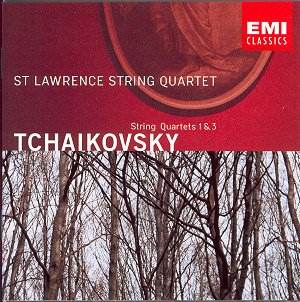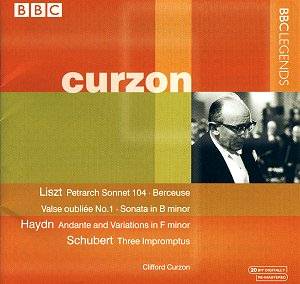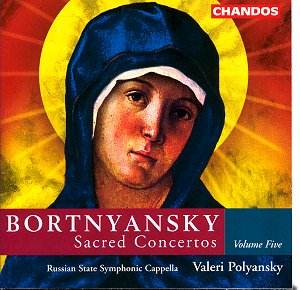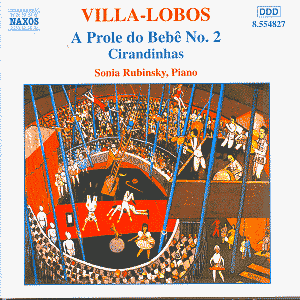 Composer: Pyotr Ilyich Tchaikovsky
Composer: Pyotr Ilyich Tchaikovsky
Works: String Quartet No. 1 in D major, Opus 11; String Quartet No. 3 in E flat minor, Opus 30
Performers: St Lawrence String Quartet
Recording: Recorded April 20-16, 2001, The Metropolitan Tabernacle, Vancouver
Label: EMI
Tchaikovsky’s contributions to chamber music, particularly his string quartets, serve as an eloquent reflection of his emotional depth and complex personality. The String Quartet No. 1 in D major, Opus 11, composed in 1871, showcases a youthful exuberance tempered by the composer’s signature melancholy, while the String Quartet No. 3 in E flat minor, Opus 30, completed in 1890, embodies a more introspective and tragic character. The St Lawrence String Quartet’s interpretations of these contrasting works illuminate Tchaikovsky’s duality, offering a fresh perspective on these well-trodden scores.
In their performance of the D major Quartet, the St Lawrence players exhibit a cohesive ensemble sound, capturing the bittersweet essence that pervades the work. The opening movement, Allegro, is imbued with a buoyant energy, yet there lurks an undercurrent of nostalgia that the quartet deftly conveys. Their attention to dynamic nuance allows for a delicate interplay between the instruments, though the overall balance of the recording somewhat favors the cello, lending a richness that, while different, adds a distinctive interpretative flavor. This choice could be seen as a double-edged sword; it enhances the sonority but risks overshadowing the violins’ melodic lines, especially in the climactic moments of the first movement. The Andante cantabile, however, stands out as a highlight, with its sweeping, lyrical lines beautifully rendered, capturing the poignant essence of Tchaikovsky’s melodic writing.
The Third Quartet presents an entirely different challenge, and here the St Lawrence String Quartet truly excels. The lengthy first movement, marked Allegro, requires both technical prowess and emotional depth; the ensemble rises to this challenge with commendable conviction. Their phrasing is notably expressive, particularly in the transition to the second movement, Allegro vivo, which serves as a welcome contrast with its playful, rhythmic vitality. The musicians navigate this shift with aplomb, creating a compelling juxtaposition of moods. The third movement, marked Adagio, returns to the somber introspection, and the quartet’s ability to maintain a sustained emotional intensity throughout is commendable. The finale, characterized by Tchaikovsky’s ‘risoluto’ directive, is a testament to the quartet’s technical command, effectively striving for triumph amidst sorrow, a hallmark of Tchaikovsky’s style.
The recording quality is generally good, capturing the warmth of the ensemble’s sound, though there are moments where the cello’s prominence slightly disrupts the ensemble’s overall balance. This recording, while commendable, does face competition from the Borodin Quartet’s interpretation, which offers a more balanced sound and a different interpretative insight, particularly in the First Quartet. Nevertheless, the St Lawrence Quartet’s performances are filled with thoughtful nuance and expressive depth, making this disc a worthy addition to the catalog of Tchaikovsky’s string quartets.
The St Lawrence String Quartet’s interpretations resonate with emotional authenticity, revealing Tchaikovsky’s multifaceted musical voice. Their ability to convey the tender poignancy of the Andante cantabile and the dramatic intensity of the Third Quartet underscores their deep understanding of the repertoire. This recording stands as a significant achievement, offering a compelling exploration of Tchaikovsky’s chamber music that merits attention alongside more established interpretations.



